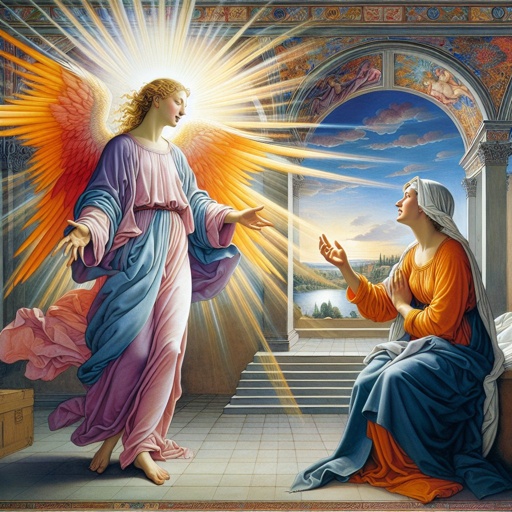Luke 8:1 Artwork
"And it came to pass afterward, that he went throughout every city and village, preaching and shewing the glad tidings of the kingdom of God: and the twelve were with him," - Luke 8:1
Explore Luke 8:1 through paintings, pictures, drawings, digital art, illustrations, wallpapers, photos, prints & more.

Luke 8:1 - "And it came to pass afterward, that he went throughout every city and village, preaching and shewing the glad tidings of the kingdom of God: and the twelve were with him,"

Luke 8:1-3 - "After this, Jesus traveled about from one town and village to another, proclaiming the good news of the kingdom of God. The Twelve were with him, and also some women who had been cured of evil spirits and diseases: Mary (called Magdalene) from whom seven demons had come out; Joanna the wife of Chuza, the manager of Herod’s household; Susanna; and many others. These women were helping to support them out of their own means."

Luke 1:8 - "And it came to pass, that while he executed the priest's office before God in the order of his course,"

Luke 24:8 - "And they remembered his words,"

Luke 8:11 - "Now the parable is this: The seed is the word of God."

Luke 1:1

Luke 8:53 - "And they laughed him to scorn, knowing that she was dead."

Luke 24:1

Luke 1:32

Luke 1:32

Luke 1:32

Luke 8:26 - "¶ And they arrived at the country of the Gadarenes, which is over against Galilee."

Luke 1:32

Luke 1:39

Luke 1:32

Luke 1:32

Luke 8:9 - "And his disciples asked him, saying, What might this parable be?"

Luke 8:7 - "And some fell among thorns; and the thorns sprang up with it, and choked it."

Luke 8:31 - "And they besought him that he would not command them to go out into the deep."

Luke 9:8 - "And of some, that Elias had appeared; and of others, that one of the old prophets was risen again."

Luke 8:52 - "And all wept, and bewailed her: but he said, Weep not; she is not dead, but sleepeth."

Luke 8:19 - "¶ Then came to him his mother and his brethren, and could not come at him for the press."

Luke (1:37) For nothing will be impossible with God.”

Luke (1:37) For nothing will be impossible with God.”

Luke (1:37) For nothing will be impossible with God.”

Luke (1:37) For nothing will be impossible with God.”

Luke (1:37) For nothing will be impossible with God.”

Luke (1:37) For nothing will be impossible with God.”

Luke (1:37) For nothing will be impossible with God.”

Luke (1:37) For nothing will be impossible with God.”